Content:
Responsible gardeners invest a lot of effort, money and time to grow healthy and regularly fruit trees on their backyards. But how sad it can be at the height of the season to find, for example, that pimples of unknown origin appeared on the leaves of a pear, because if a fruit tree is sick, you no longer have to expect a good harvest from it. One of the most dangerous diseases for pears is the so-called rust. What it is? How dangerous is this disease, and why is it necessary to fight it? More on this later.
Where does rust come from
The causative agent of rust in fruit trees is the pathogenic fungus Gymnosporangium sabinae. It is interesting that for this fungus the pear is only an intermediate "place of residence". Juniper becomes the main "host" of the parasite. Having settled on this coniferous bush, the hymnosporangium forms mycelium in the first year. The next season, spores of the fungus ripen on the juniper branches, which the wind carries around the area.
It is not difficult to identify diseased shrubs: their needles turn orange and look as if scorched. Spores from junipers on pears infect fruit trees with rust. In addition to pears, hawthorn, apple, quince and some other garden crops are also susceptible to this disease.
Rust symptoms
Rust is dangerous for pears, first of all, in that it does not manifest itself in any way until the fungus has firmly settled in the cells of the tree. It can take several months from the moment of infection to the onset of symptoms.
The first sign of a pear infection with rust is the appearance of yellowish-green spots on the leaves, which later change color and become crimson or rusty (for which the disease was named). In the center of each such spot, you can see many black dots - mycelium develops here. The reverse side of each affected leaflet is soon covered with brown tubercles - spore storage. The spores, small as dust, ripened in them, are again carried by the wind through the garden and far beyond, infecting other trees and shrubs. Sick pears gradually shed their leaves, and if no measures are taken to improve them, then they will remain completely without foliage, not to mention the fruits.
In diseased trees, frost resistance is significantly reduced, and severe rust infestation weakens the pears so much that they can die before the onset of winter. The fungus is especially dangerous for young seedlings.
Favorable conditions for the development of rust
The fungus feels most comfortable under the following conditions:
- air temperature 15-20 ° С;
- air humidity about 85%;
- the presence of other diseases in pears;
- growing juniper and some other conifers next to pears;
- strong thickening of the crowns of fruit trees;
- lack of nutrition.
Rust treatment with chemicals
The treatment of fruit trees affected by a rust fungus begins to be dealt with in the fall, when the leaf fall has already ended. Sick pears are treated with fungicidal agents. Branches with signs of rust are cut out completely, making no exception even for slightly damaged shoots. Places of cuts are lubricated with a fungicide, after which the cuts are covered with wax or garden varnish. All fallen leaves are collected and burned along with the cut branches.
Spring antifungal treatment of fruit trees is also quite effective. It is carried out in 3 stages: before the beginning of the growing season (the buds have not yet opened), immediately before flowering and after its completion.
Chemicals used to treat pear rust can be divided into 2 groups: old-style products that have long been used for antifungal treatments, and new generation products. Both are usually made on the basis of sulfur - a chemical element that can stop the growth and development of mycelium, as well as prevent the formation of spores.
Old products - copper and iron vitriol, Bordeaux liquid, colloidal sulfur - have relatively low efficiency in the fight against rust. They should be used for low fungal infection of trees or during preventive treatments.
New generation drugs fight rust with substances that can block the growth of fungal mycelium inside tree tissues at the cellular level. Such drugs include Skor, Raek, Bayleton, Horus, Revus.
The listed drugs have individual characteristics that must be taken into account when using them, otherwise antifungal treatments will not bring the desired effect. These features are always indicated in the instructions for use. So, for example, chorus loses its beneficial properties at temperatures above 25 ° C, therefore it is best to treat plants with this preparation in autumn or spring, but not in hot summer. You can spray pears with Revus only once a season, therefore, to obtain a lasting effect, the treatment should be carried out at the end of August.
Most chemicals are ineffective if the rust fungus has already entered the sporulation phase. In addition, pathogenic fungi are able to adapt to the long-term effect of the same drugs, so experienced gardeners advise alternating fungicidal agents, using each of them no more than 2 times per season.
Rust treatment with folk remedies
Often, gardeners, fearing "chemistry", try to fight various diseases of fruit trees using exclusively folk methods. With regard to pear rust, this approach is not entirely justified, since the effectiveness of folk remedies is significantly lower than that of chemicals. However, the use of various decoctions and infusions in combination with fungicides helps to achieve good results in the fight against fungus. How to spray rust on a pear?
For auxiliary purposes, the following folk remedies are often used:
- Soap-ash solution. Prepare as follows: pour 3 kg of ash with 3 liters of water, cook for 1 hour. Cool and strain. Add grated laundry soap to the solution (about half a piece).After the soap has dissolved, dilute the mixture with water in a 1: 5 ratio. Spraying with the resulting solution should be carried out three times with an interval of 10 days.
- Soda solution. To prepare it, pour 100 g of soda with 10 liters of water. Add 4 tbsp. tablespoons of grated laundry soap. Stir until completely dissolved. Pears are sprayed with the solution once a week, 3 treatments per season are enough.
- Mullein infusion: 0.5 kg of mullein is poured into 20 liters of water. Leave to infuse in a dark place for about 2 weeks. The resulting infusion is diluted with another 10 liters of water before processing. Fruit-bearing pears are watered with infusion at the root at the rate of 10 liters per 1 adult tree, 4-6 liters per 1 young seedling. The infusion can also be sprayed on trees when they complete fruiting.
- Infusion of horsetail. You need 200 g of dry horsetail (70 g fresh), pour 1 liter of water, boil, boil for 15 minutes. Dilute with warm water so that you get 15 liters of ready-made broth. The second option: pour 1 kg of fresh horsetail with 10 liters of water, leave to infuse for a day in a warm place. After that, boil for half an hour. Cool and drain. Trees are treated with horsetail infusion twice with an interval of 7 days. Spraying trees is most effective in hot weather.
- Infusion of marigolds. To prepare it, pour 0.5 kg of marigolds with 10 liters of heated water, let it brew for about 12 hours. Process trees with infusion 2-3 times at weekly intervals.
To increase the efficiency of treatments, a small amount (about 2 tablespoons) of silicate glue can be added to the solutions.
If there is no way to wait for suitable weather, it is better to process either early in the morning or late in the evening.
Rust prevention measures
In order to protect fruit plants from pathogenic rust fungi, you do not need to wait until leaves in pimples of yellow or red color are found on the pear. Disease prevention begins already at the stage of laying an orchard and then protective measures are carried out annually from spring to late autumn. The following preventive measures can save pear plantings from rust:
- Correct selection of pear varieties. When choosing, you need to pay attention to the degree of resistance of the variety to fungal diseases in general and to rust in particular.
- Planting pears at the maximum distance from the junipers already growing on the site. If this is not possible, you need to carefully monitor not only the health of pears in the garden, but also the state of the juniper plantings. As soon as the first signs of rust appear on this shrub, all affected branches should be cut from it and be sure to destroy them.
- Taking measures to maintain the health of fruit trees and increase their immunity.
- Constant monitoring of the condition of trees, regular inspection of foliage for the appearance of brown or red spots. Inspection of the bark in order to timely detect cracks, ulcers and other damage.
- Timely pruning and thinning of the crown.
- Spring and autumn preventive treatment of trees with fungicides.
- Treatment of plantings with phytosporin-M, a preparation of biological origin. Spraying is carried out in 4 stages: when the buds bloom, when the trees will bloom, when the ovaries reach the size of a hazelnut and when fruits the size of a walnut are formed.
- Planting a hedge around the perimeter of the garden area to contain fungal spores.
- The use of folk methods of protecting fruit trees from rust: spraying the foliage with tinctures of ash, marigolds or horsetail.
New varieties are less susceptible to fungal infection.Actually, many of them were created by breeders not so much in order to improve the taste, but to ensure greater resistance to various diseases. Such varieties as Skorospelka, Grusha Chizhovskaya, Nika, Ilyinka and Dekanka autumn are characterized by resistance (resistance) to the effects of pathogenic fungi. Unfortunately, to date, breeders have not been able to bring out such a pear variety that will not be afraid of rust at all.
Rust on a pear is more and more common in personal plots, than every gardener decides for himself to treat it. Since this is a very dangerous and difficult to treat disease, having met it on pear plantings, you need to immediately start fighting on all fronts. Only in this case can one count on an unconditional victory over the parasitic fungus that has overcome the trees.
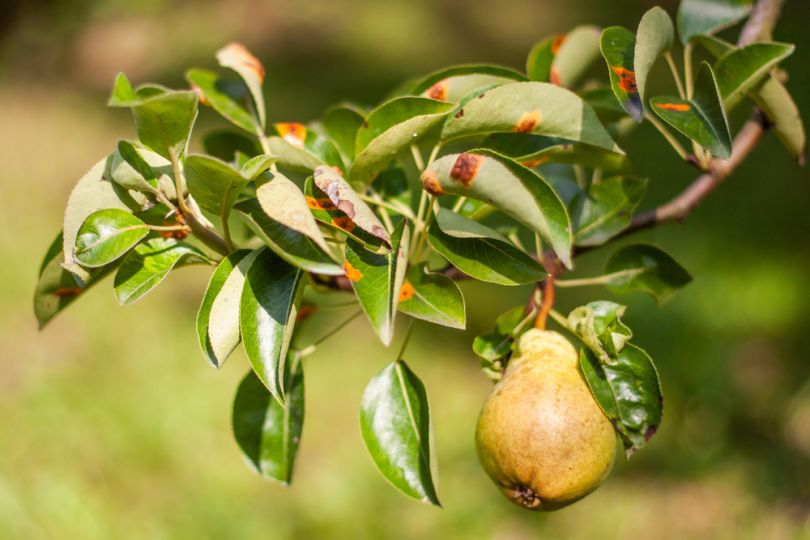
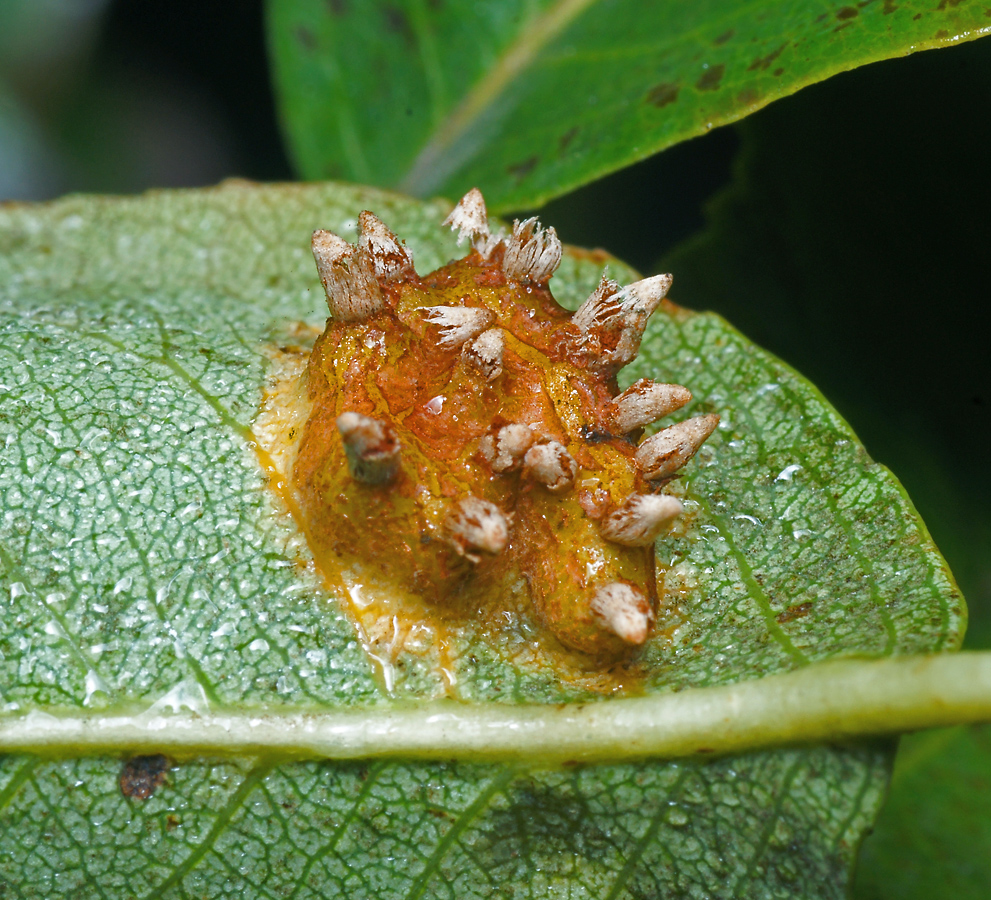
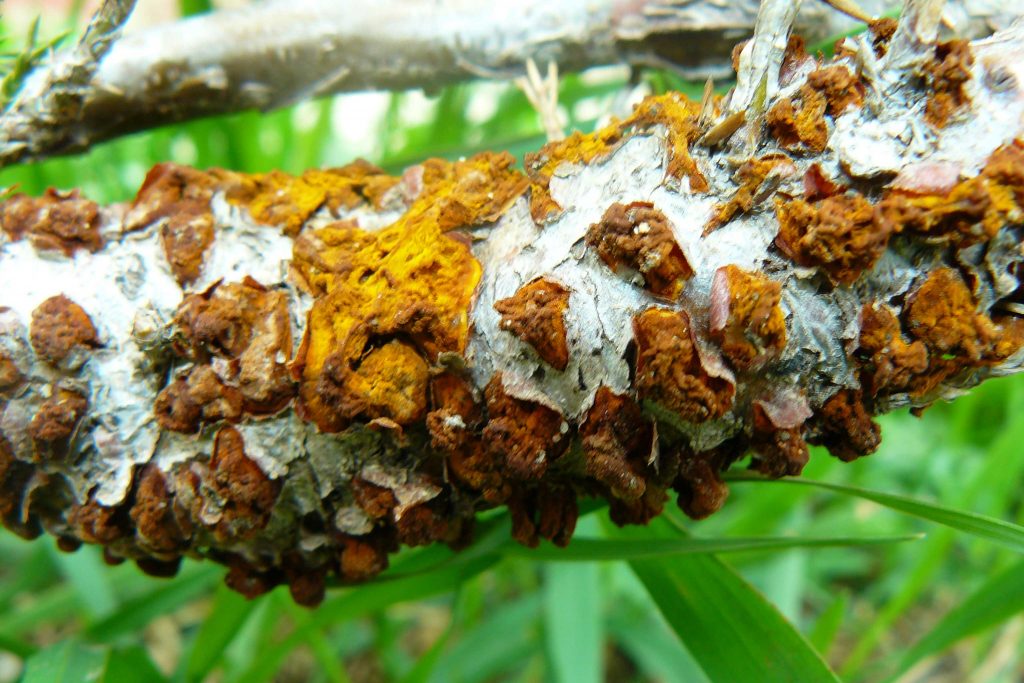
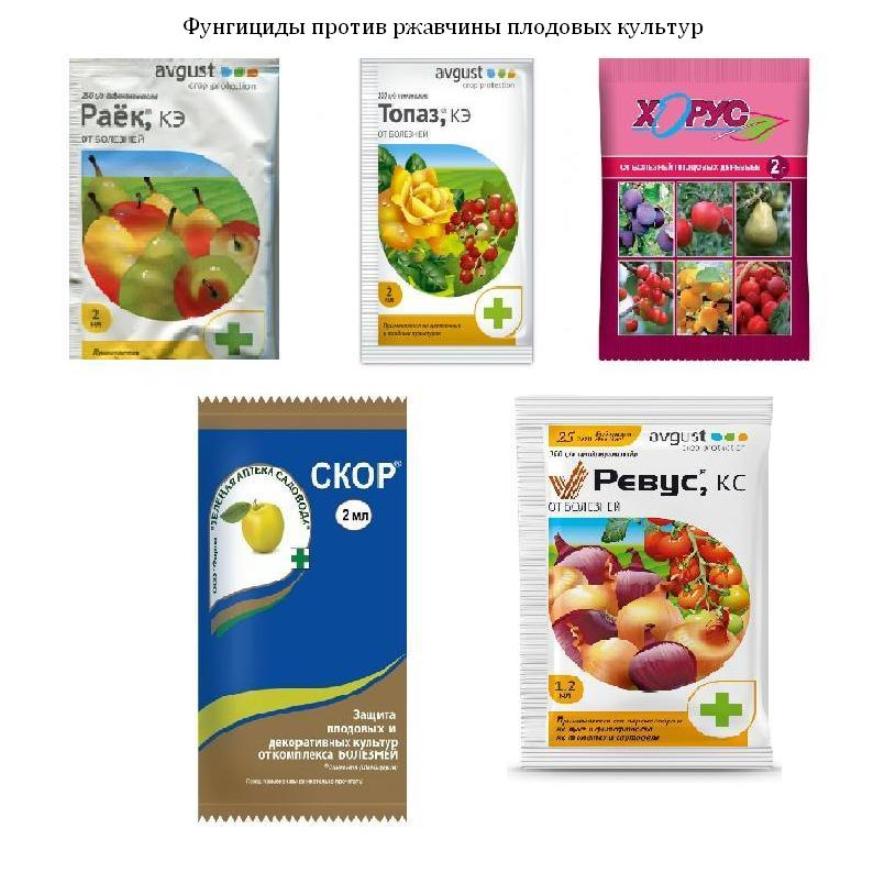
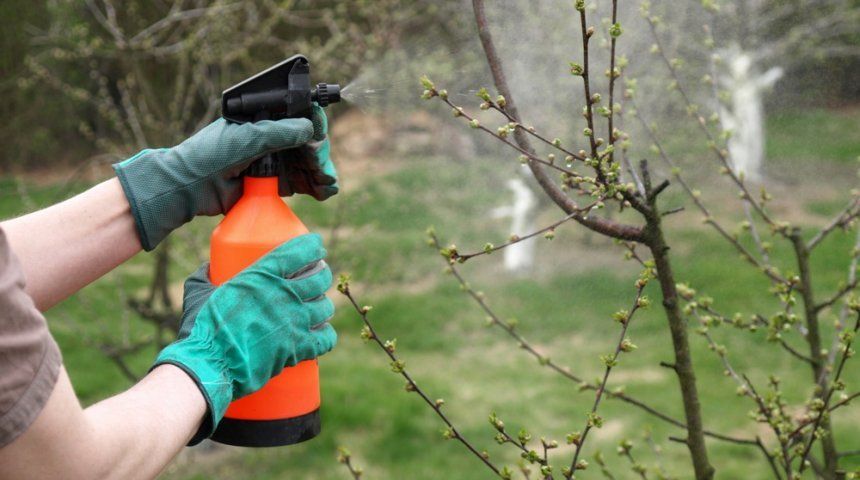
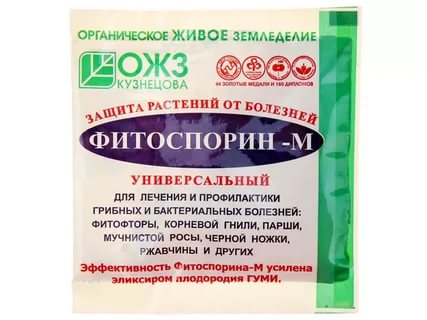
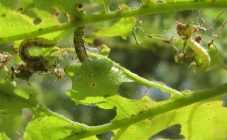
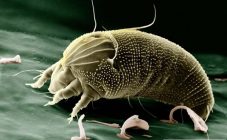
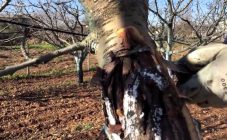
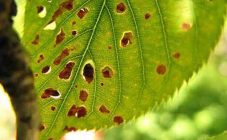
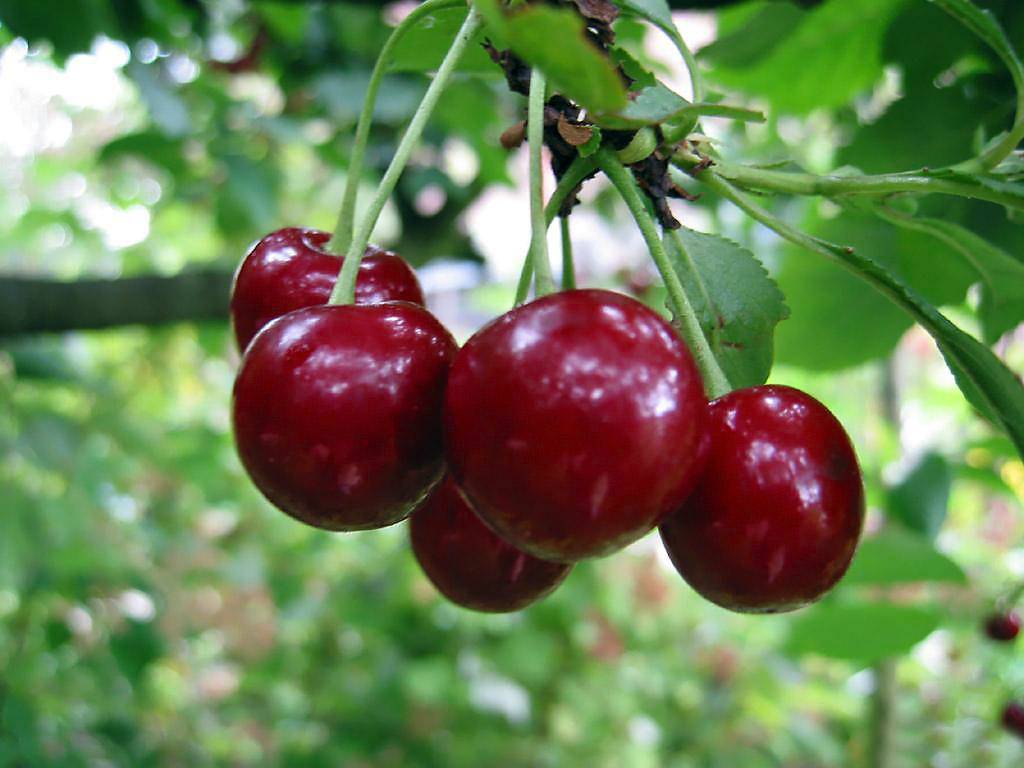








What soda is used for processing?